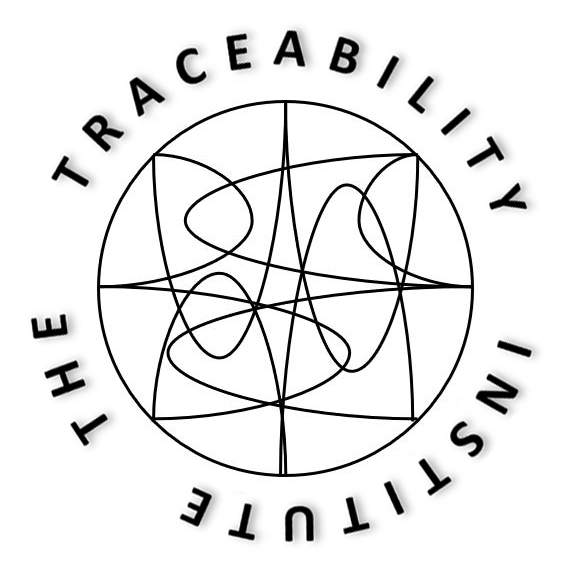Preventing cancer
Between 30–50% of all cancer cases are preventable. Prevention offers the most cost-effective long-term strategy for the control of cancer. WHO works with Member States to strengthen national policies and programmes to raise awareness and, reduce exposure to cancer risk factors, and also ensure that people are provided with the information and support they need to adopt healthy lifestyles.
To strengthen national efforts to address the burden of cancer and other noncommunicable diseases (NCDs), the WHO Global Action Plan for the Prevention and Control of NCDs 2013–2020 provides a road map to reduce premature mortality from NCDs by 2025 through targeting many of the risk factors below:
Tobacco
Tobacco smoke has more than 7000 chemicals, at least 250 are known to be harmful and at least 69 are known to cause cancer. Worldwide, tobacco use is the single greatest avoidable risk factor for cancer mortality and kills more than 8 million people each year, from cancer and other diseases. Nearly 80% of the 1.1 billion smokers in the world live in low- and middle-income countries.
Alcohol
Alcohol, as classified by the International Agency for Research on Cancer, is a toxic, psychoactive, and dependence-producing substance and a Group 1 carcinogen that is causally linked to 7 types of cancer, including oesophagus, liver, colorectal, and breast cancers. Alcohol consumption is associated with 740 000 new cancer cases each year. Globally, 1 in 20 breast cancers is attributed to alcohol consumption.
In the EU, light to moderate alcohol consumption was associated with almost 23 000 new cancer cases in 2017, accounting for 13.3% of all alcohol-attributable cancers and for 2.3% of all cases of the 7 alcohol-related cancer types. Almost half of these cancers (approximately 11 000 cases) were female breast cancers. Also, more than a third of the cancer cases attributed to light to moderate drinking (approximately 8500 cases) were associated with a light drinking level.
Physical inactivity, dietary factors, obesity and being overweight
Overweight and obesity are linked to many types of cancer such as oesophagus, colorectal, breast, endometrial and kidney. Regular physical activity, and maintaining a healthy body weight, and a healthy diet can risk. Excess body mass was responsible for 3.4% of cancers in 2012, including 110 000 cases of breast cancer per year. Alcohol use
Alcohol use is a risk factor for many cancer types including cancer of the oral cavity, pharynx, larynx, oesophagus, liver, colorectal and breast. Risk of cancer increases with the amount of alcohol consumed. In 2016, alcohol-attributable cancers were estimated to be responsible for 400 000 deaths worldwide, predominantly among men.
Infections
Cancer causing infections, such as hepatitis and human papilloma virus (HPV), are responsible for up to 25% of cancer cases in low- and middle-income countries Vaccines are available for hepatitis B virus and some types of HPV, and can reduce the risk of liver and cervical cancers, respectively.
Environmental pollution
It has been estimated that outdoor air pollution contributed to 4.2 million premature deaths worldwide in 2016, of which 6% were lung cancer deaths. Additionally, close to 4 million people die prematurely from illness attributable to the household air pollution from cooking with solid fuels and kerosene.
Occupational carcinogens
It is well documented that occupational carcinogens are causally related to lung cancer, mesothelioma, and bladder cancer. For example, mesothelioma (cancer of the outer lining of the lung or chest cavity) is to a large extent caused by work-related exposure to asbestos.
Radiation
Exposure to all types of ionizing radiation increases the risk of various types of malignancy including leukaemia and a number of solid tumours. Risks increase when the exposure occurs at a young age and also when the exposure amount is higher. Ultraviolet (UV) radiation, and in particular solar radiation, is carcinogenic to humans, causing all major types of skin cancer, such as basal cell carcinoma (BCC), squamous cell carcinoma (SCC) and melanoma. Avoiding excessive exposure, and using sunscreen and protective clothing are effective preventive measures. UV-emitting tanning devices are now also classified as carcinogenic to humans based on their association with skin and ocular melanoma cancers.
© 2023 WHO
World Helth Organization, reprinted with permission and in accordance with WHO licensing guidelines
Additional Resources
Cervical Cancer Elimination Initiative
The Global Breast Cancer Initiative
The Global Initiative for Childhood Cancer
News
WHO launches new roadmap on breast cancer
WHO updates recommendations on HPV vaccination schedule
Publications
7 MARCH 2023
Global breast cancer initiative implementation framework: assessing, strengthening...
The Global Breast Cancer Initiative (GBCI) Implementation Framework aims to assess, strengthen and scale-up services for the early detection and management...
16 February 2023
Communicating with caregivers about the Human Papillomavirus vaccination: a tool to build confidence...
3 February 2023
Global breast cancer initiative implementation framework: assessing, strengthening and scaling up of...
6 July 2021
WHO guideline for screening and treatment of cervical pre-cancer lesions for cervical cancer prevention
16 February 2019
Improving data for decision-making: a toolkit for cervical cancer prevention and control programmes
Feature stories
Cancer centres of excellence help increase survival rates among children
Mozambique: strengthening efforts to reduce the cancer burden
Building a future free of cervical cancer in Africa
Related activites
Previous
Ensuring quality cancer treatment
Improving the childhood cancer cure rate
Promoting cancer early diagnosis
Treating invasive cervical cancer
Next
Related health topics
Infection prevention and control
Social media material
Related links
The IARC/EU code against cancer: 12 ways to reduce your cancer risk
IARC handbook of cancer prevention series
IARC Monographs on the Evaluation of Carcinogenic Risks to humans
© 2023 WHO
World Helth Organization, reprinted with permission and in accordance with WHO licensing guidelines
